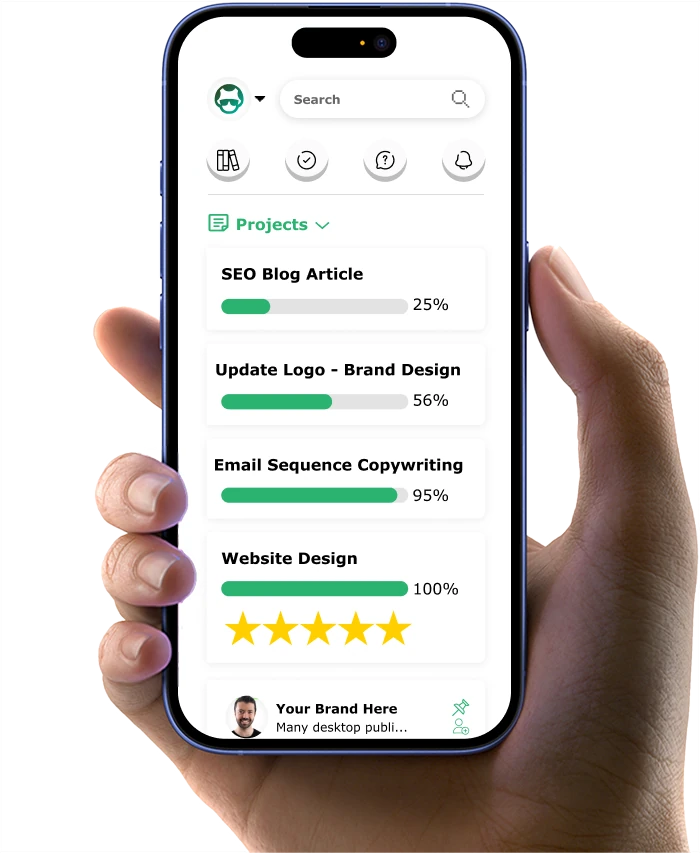7 DARK PSYCHOLOGY Sales Funnel Techniques to Sell Anything

You might think you need complex funnels or a big ad budget to win customers. But it's often small, hidden psychological triggers that make all the difference.
Once you understand how emotions drive every buying decision, you stop relying on luck and start using proven techniques—ethically (though we’ll explore the “dark side” first in this article)—to connect with buyers and turn interest into action.
Alex Hormozi sold $100 million in books in a single weekend using these techniques. Tony Robbins built his empire with them. These aren't theoretical—they're being used right now by successful, big-name marketers and in an AI-flooded world, being able to authentically tune your messaging to human psychology is more valuable than ever.
Here’s what you’ll get today:
- The 7 secret (dark) triggers that get people excited to buy — and how to spark that excitement without tricks or pressure, or doing anything in general that could harm your brand long term.
- The subtle sales tactics top marketers rely on — so you can use them honestly and protect yourself from shady moves.
- How to turn first-time buyers into loyal fans — by building trust that lasts long after the sale and compound over time
- The psychology of FOMO — and how to create ethical urgency that builds trust instead of destroying it.
Ready to see what really works? Let's get started…
Want to get all your marketing and funnel work done—without the headaches of hiring a team? Download our free guide: 33 Marketing Projects You Can Delegate to Growbo and discover how to save 100+ hours a month, grow faster, and scale without the overhead.
Sales Funnel Technique #1. Yes-Laddering Pressure Tactics
Let me start with a tactic that’s less common and you may not have heard of—high-pressure yes-laddering. I’ve seen this first-hand in sales calls. The salesperson fires a rapid succession of questions: “You want to be successful, right?” “You want to grow your business, don’t you?” You say yes, yes, yes—then suddenly, they’re assuming the sale: “So, should I sign you up for package A or B?”
If you object, they push back: “Wait, you just said yes to all these things. Why would you say no now?” This tactic plays on the consistency bias: we want to be consistent with what we've already said. It also leverages the pressure of the moment and our desire not to look foolish.
I've achieved multiple seven figures in my entrepreneurial career using ethical approaches, not high-pressure tactics. The yes-laddering method may work short-term, but it's not sustainable.
I’ve been on both sides of this. Early in my career, I felt the pressure to close and sometimes tried this approach. But I quickly realized it leads to buyer’s remorse. The real objections never get addressed. The prospect feels pressured, not persuaded.
The ethical way: Give your prospects time to think. Build rapport. Let them talk—top B2B sales professionals speak only 43% of the time on calls, letting prospects speak 57% according to Gong data. Answer all their questions, address their fears, and let them make an informed decision. This leads to longer retention, more referrals, and happier clients.
Sales Funnel Technique #2. Scarcity And Urgency Tricks
You’ve seen it: “Only three spots left!” or a countdown timer blinking red. But for info products or digital services, those spots are rarely limited.
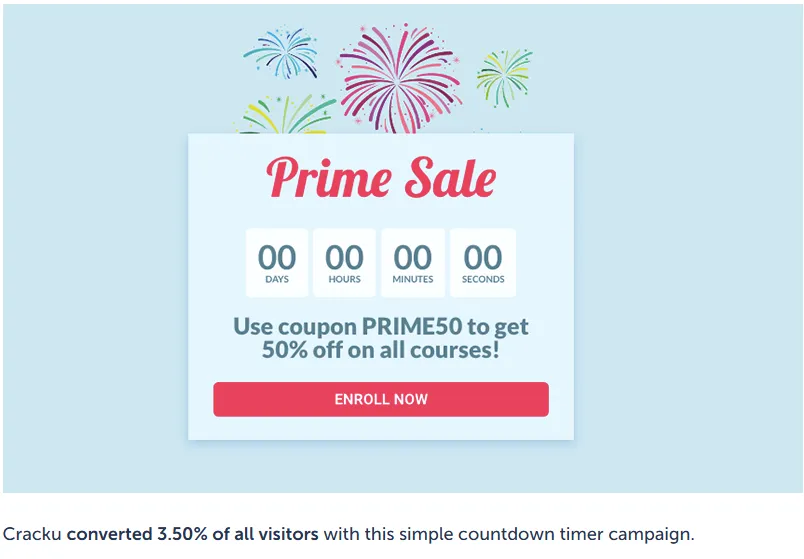
I’ve run campaigns where, honestly, there was no real limit. But the tactic works—a meta-analysis of 131 studies showed that scarcity tactics significantly increase purchase intentions.
But people can spot fake scarcity. I’ve had prospects call me out on it. That’s when I learned the value of genuine scarcity. If you’re a service company, explain your real capacity. “We have seven slots left this month because of staff limitations.” Be transparent about what’s actually limited and why.
Fake scarcity is manipulative. Real scarcity builds trust.
Sales Funnel Technique #3. Bait And Switch Pitfalls
I learned this one the hard way. I once signed up for a Facebook ads agency that promised “guaranteed clients.” But on the call, I learned the guarantee only applied if I spent tens of thousands in ad budget—something they never mentioned on the sales page.
Another time, the guarantee period was set at 120 days—longer than my credit card chargeback window. It felt like a trap.
FTC data: The Federal Trade Commission receives over 100,000 complaints annually about auto dealers using bait and switch tactics.
The ethical way: Lead with the real offer. Set clear expectations. Show realistic results with context, not just outlier case studies. Give disclaimers—“We’re not a fit for everyone”—and explain what happens if it doesn’t work.
The image here breaks down what buyers actually care about most in salespeople. A whopping 47% say “trustworthy” is the top quality they value—beating responsiveness and expertise. That says a lot. People don’t just want someone smart or quick; they want someone they can believe. If trust is missing, no amount of skill or speed will save the sale.
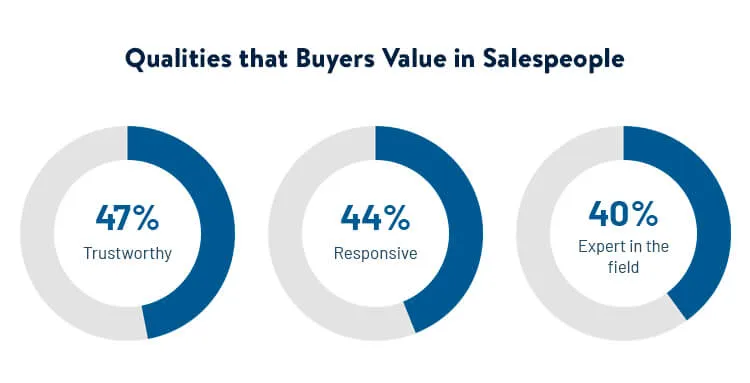
The ethical way: Acknowledge status desires, but frame your offer as adding value—not avoiding social death. Don’t cross the line into manipulation.
Sales Funnel Technique #7. Anchoring And Hidden Fees
This looks like showing a fake original price—“Normally $2,997, but today only $97!”—when it was never actually sold at the higher price. Or creating premium tiers you never intend to sell.
I’ve been on calls where the rep used this tactic so smoothly, it almost slipped by me—and I study this stuff.
An example of this is Mailchimp which positions its most expensive plan at the top of the page, followed by more budget-friendly alternatives.
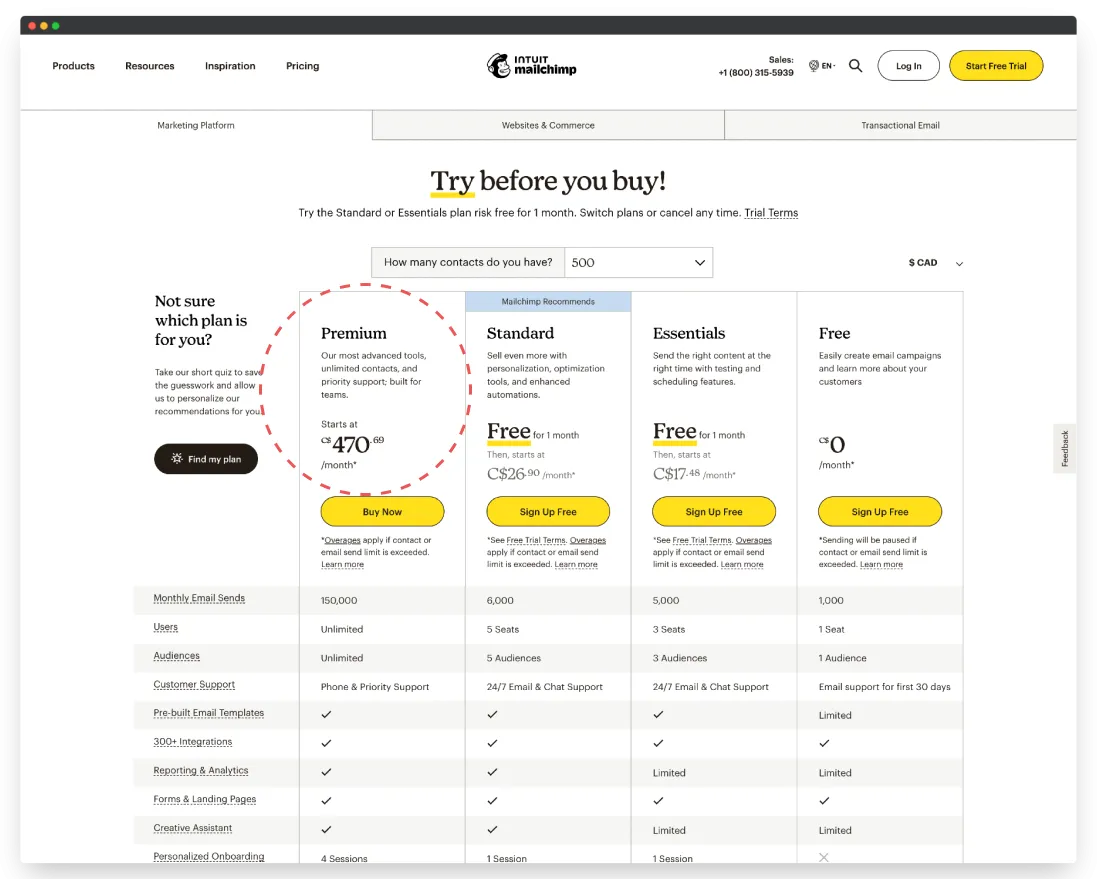
The ethical way: Show genuine value through transparent pricing. Use a value stack: break down all features and benefits, explain how you calculated value, and be honest about pricing.
Ask yourself: Would you be proud if your offer was on the front page of a major newspaper? Would your friends and family want to be associated with you?
(Bonus) Sales Funnel Technique #8. Fake Proof And Guarantees
Fabricating testimonials with stock photos or making guarantees with impossible conditions. For example, requiring customers to complete 47 complex steps in 14 days to qualify for a refund.
I’ve seen agencies use Fiverr actors for fake testimonials. I’ve seen refund guarantees that were impossible to claim.
Stats: 72% of consumers are confident they’ve seen fake reviews online. 93% of consumers read reviews before purchasing according to Bright Local.
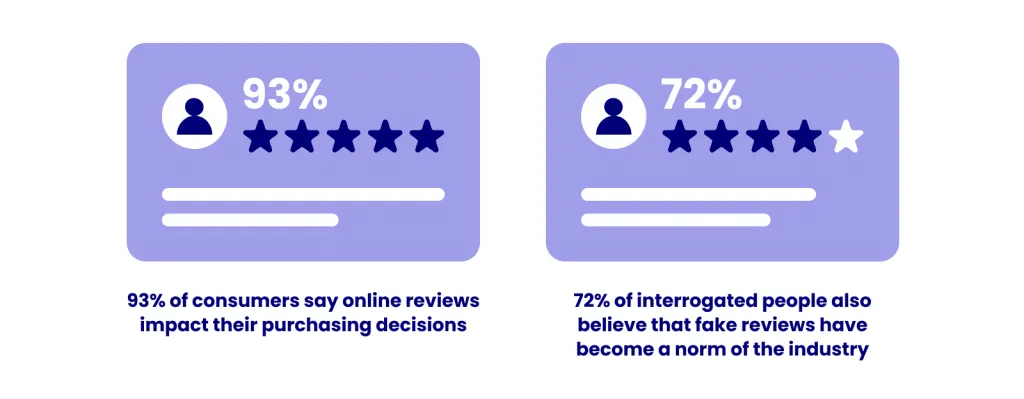
The ethical way: Use real testimonials with context and video. Offer guarantees that are fair and achievable. Be worthy of your customers’ trust.
Conclusion
Want to get all your marketing and funnel work done—without the headaches of hiring a team? Download our free guide: 33 Marketing Projects You Can Delegate to Growbo and discover how to save 100+ hours a month, grow faster, and scale without the overhead.
These dark psychology sales funnel techniques are powerful. I’ve used them—and seen them used—on both sides of the table. Used ethically, they can boost your conversions, build trust, and grow your business. Used unethically, they destroy reputations and relationships.
Key Takeaway: It’s your intent that separates persuasion from manipulation. Focus on transparency, real value, and genuine connection.
If you found this article valuable, share it, leave a comment with your favorite technique, and remember—use these tools to build something you’re proud of.
If you’re a business owner looking for an all-in-one digital marketing fulfillment team, check out grobo.com. You get a full team for less than the cost of one full-time VA, with no long-term contracts and a 14-day money-back guarantee. Visit growbo.com today,.
Keep Growing, Stay Focused,
Image Credits:
1. https://optinmonster.com/case-study-cracku-increased-conversions-300-countdown-timers/
2. https://99firms.com/research/sales-statistics/
3. https://leadscrawler.com/blog/fomo-statistics/
4. https://www.creativeo.co/post/the-anchor-bias-principle-in-marketing-with-examples
5. https://www.mara-solutions.com/post/spotting-fake-google-reviews-a-guide-to-identifying-and-dealing-with-fake-reviews



